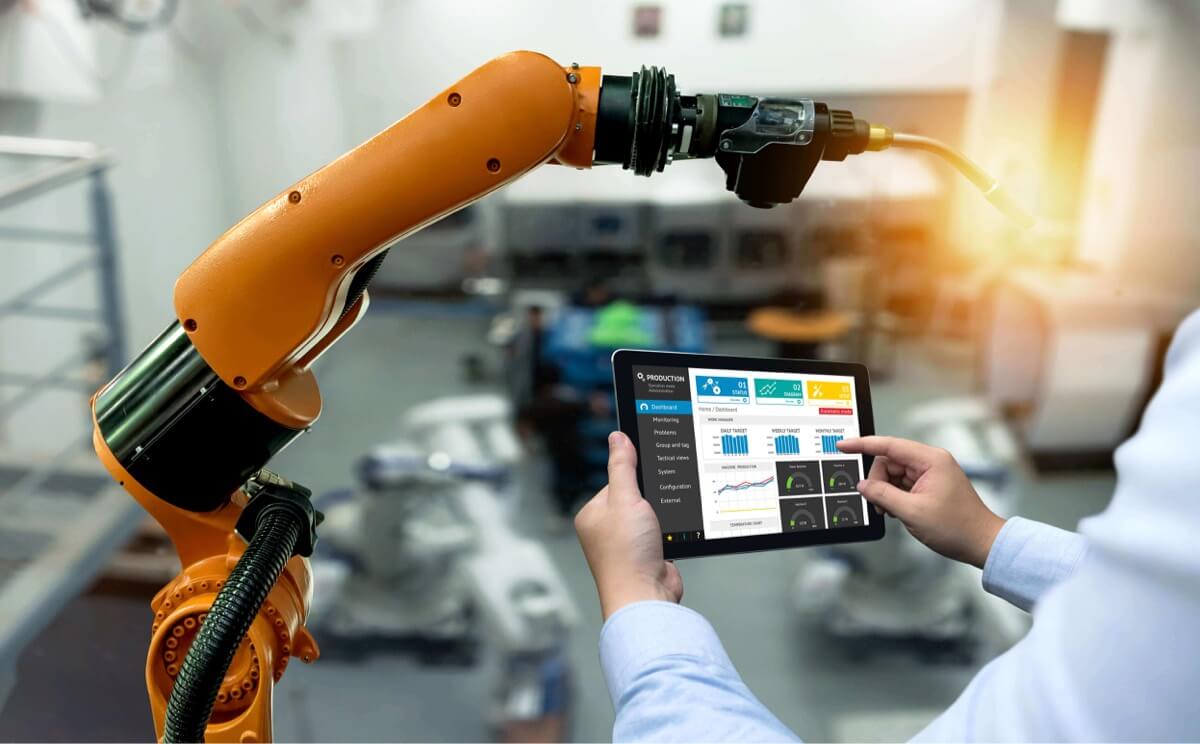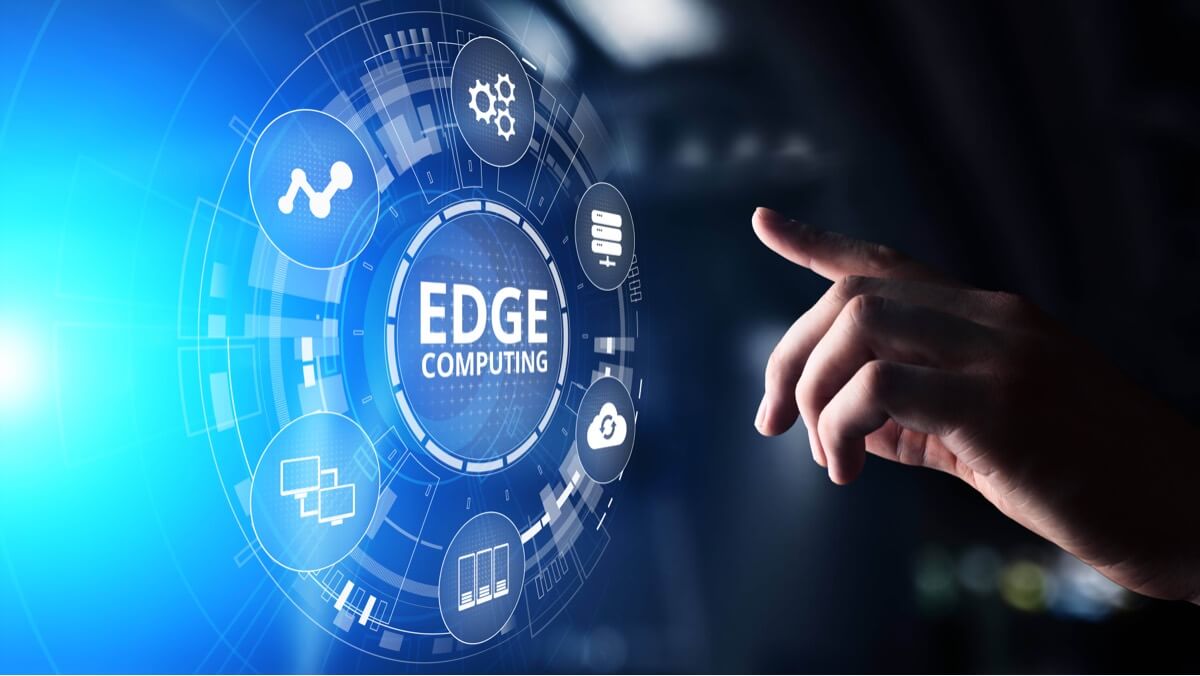The rise of online shopping, which accounts for only 10% of overall retail sales, is often cited as the cause of more than 75 retail chain bankruptcies in the U.S. in recent years. But online shopping isn’t the only culprit.
Industry observers point to a lack or hesitation in adopting new innovations as a factor in many business failures. The reason is that blending brick-and-mortar stores with the digital world is allowing other retailers to engage shoppers in new and meaningful ways that are helping them to flourish.
“The way I see it, if you are a brick-and-mortar retailer, you either embrace a digital strategy to become omnichannel or do nothing and become irrelevant,” stated Jun-Sheng (Jun) Li, an Executive in Residence at Canvas Ventures and the former senior vice president of Walmart's global e-commerce supply chain, in her article published on TechCrunch.

“In a nutshell, omnichannel simply means providing customers a seamless, continuous experience wherever customers would like to shop – across any device or store location – with a unified brand experience.”
Omnichannel is critical, but technology also brings new in-store shopping experiences. Amazon’s physical bookstores, for example, use online and in-store generated data to determine what books to display. Walgreens is testing refrigerator and freezer doors that are digital screens equipped with cameras, eye tracking and motion sensors. These devices collect real-time shopper data that prompt relevant ads or promotions.
Fashion stores like American Eagle are installing interactive fitting room screens. Shoppers can use them to scan items, get product information, request additional sizes, calculate costs and email themselves product information.
Bringing Digital Experiences to Life
These on-location innovations generate massive amounts of data that retailers use to delight shoppers and run their business efficiently. To help bring these experiences to life, many retailers put computing resources near where customer data is generated. They turn to edge and cloud computing to meet in-store needs.
Unless the IT infrastructure looks like the public cloud, it cannot scale like the public cloud and can’t be managed so simply.
Edge computing allows retailers and others to process, analyze, and take action on data closer to where it’s actually generated—near the customer. From there, retailers can use the cloud for storage, as well as to aggregate and correlate the mountains of data collected from multiple stores to spot trends.
But many retailers aren’t ready to take the leap, according to Tracey Wiedmeyer, co-founder and CTO of InContext Solutions, a maker of 3D simulation software for the retail industry.
“You have a lot of large retailers and large brands stuck in traditional methods…fighting their own organizations to move forward in a way that makes them more nimble, efficient and more open to new technologies,” he said in a video by Intel.
More Data from More Places
In addition to its impact on the retail industry, the Internet of Things (IoT) is driving hospitals, factories, airports, government agencies and other industries to put more attention and resources at or near where these technologies live, according to Rohit Goyal, principal product marketing manager for IoT and AI at Nutanix.
Sometimes computing is done within the IoT devices themselves, but often these IoT devices connect to a nearby computing system or a gateway that sends data to the cloud and a company’s data center for analyzing and storing.

Goyal said that some things are certain: data generated by these edge devices will grow in size and importance, and they will drive up cost and complexity for teams that need to manage data systems.
“Everyone wants new capabilities, but no one wants to devote extra time and money needed to manage the added complexity,” Goyal said.
[Related Podcast: Nutanix Xi IoT and Xi Edge Computing]
Goyal said traditional IT architectures struggle to accommodate edge cloud workloads. Moving to a distributed edge architecture can help IT departments adapt to meet IoT needs.
“It’s important to have flexibility to enable these applications at the edge,” he said. “That way they can learn from sensor or image data collected in real-time, and then pass data to the cloud for deeper analysis. One key point is to think about how thousands of edge locations can send data to a centralized cloud to learn across locations.”
[Related: 451 Research report: Edge Analytics and IoT Platforms as Essential Tools for Digital Transformation]
Goyal spends his time talking to CIOs, chief digital officers, IoT analytics engineers and innovation engineers who are trying to implement IoT devices.
“Most IoT environments require high-speed data processing and real-time analytics to function properly, so many of the people we talk to are focusing their attention on edge computing,” he said.
Shifting Data Center Strategies
IoT is driving many to make their centralized data centers more distributed, according to Rajiv Mirani, CTO of cloud platforms at Nutanix.
“A centralized model of computing doesn't work very well because you have all these sensors deployed everywhere,” Mirani said.
“You can't get past the speed of light, so sending all that data to a central spot for processing and then sending the results back causes delays” that interfere with the real-time nature of many IoT applications.

“That’s why we’re seeing computing moving more towards the edge.”
Data center operators must manage and secure a growing number of assets that are scattered across different locations, but Mirani said managing IoT with legacy data centers is nearly impossible.
“Moving computing out to the edge is just not something that you can do with traditional infrastructure,” Mirani said. Instead, companies that modernize with hyperconverged infrastructure are better equipped to extend their data centers to edge and cloud computing.
“Unless the infrastructure looks like the public cloud, it cannot scale like the public cloud and can’t be managed so simply.”
Ensuring Quick Data Analysis
Edge innovations are expected to grow from a $10.6 billion market to $21 billion between 2018 and 2023, according to BCC Research. The growth is partly driven by Moore’s Law, which cuts the cost of putting computer processing in more places. It allows companies to shift their focus on investing in monolithic systems to building distributed data systems.
Factories or warehouses that use autonomation need data analyzed quickly and reliably, so it’s critical to have the right data system near operations, said Goyal.
“Ten years ago, it was super expensive to bring that significant compute power out to the edge,” Goyal said. But thanks to Moore’s Law, doing so has now become economically feasible.
He said many people he talks to are eager to use IoT technologies to solve business problems and increase revenue. They also tell him IoT data systems need to be plug-and-play and easy to manage.
“Retail stores or oil rigs don't always have local IT resources to manually set up everything and do all the necessary testing,” said Goyal.
He said the people he talks to want a simple way for ingesting data from IoT sensors and manage applications without being locked into expensive, proprietary services.
“These systems need to be reliable, since many IoT devices rely on [artificial intelligence] to learn and adapt in real time,” said Goyal.
In general, Goyal said, the intention is to provide better business value and drive higher customer satisfaction.
“In a retail scenario, if we can remove line congestion or detect missing inventory and react to it in real-time, customers will have a better experience. Same goes for the Walgreens coolers, if we can direct customers to the right solution, they will optimize their time spent in the store.”
Ken Kaplan is Editor in Chief of The Forecast by Nutanix. Find him on Twitter @kenekaplan.
© 2019 Nutanix, Inc. All rights reserved. For additional legal information, please go here.
